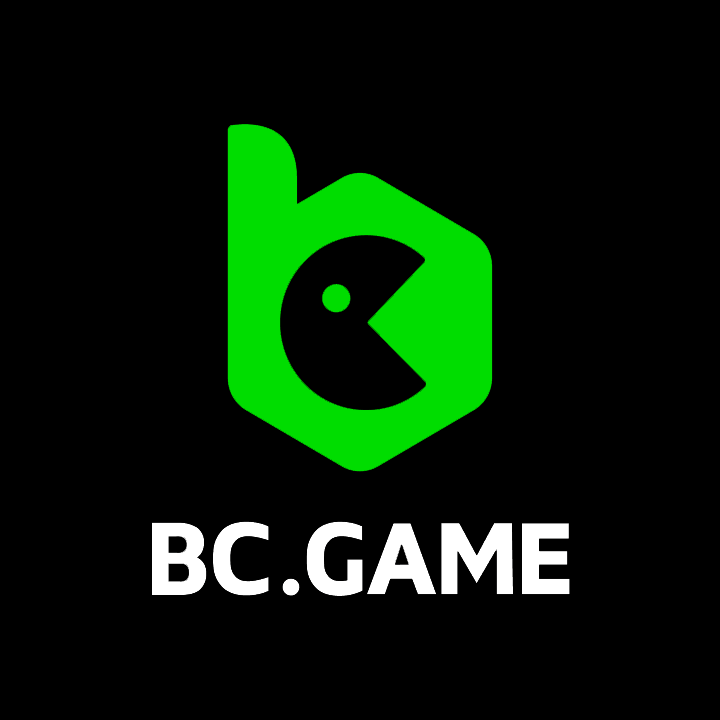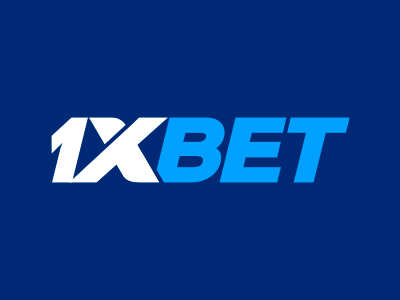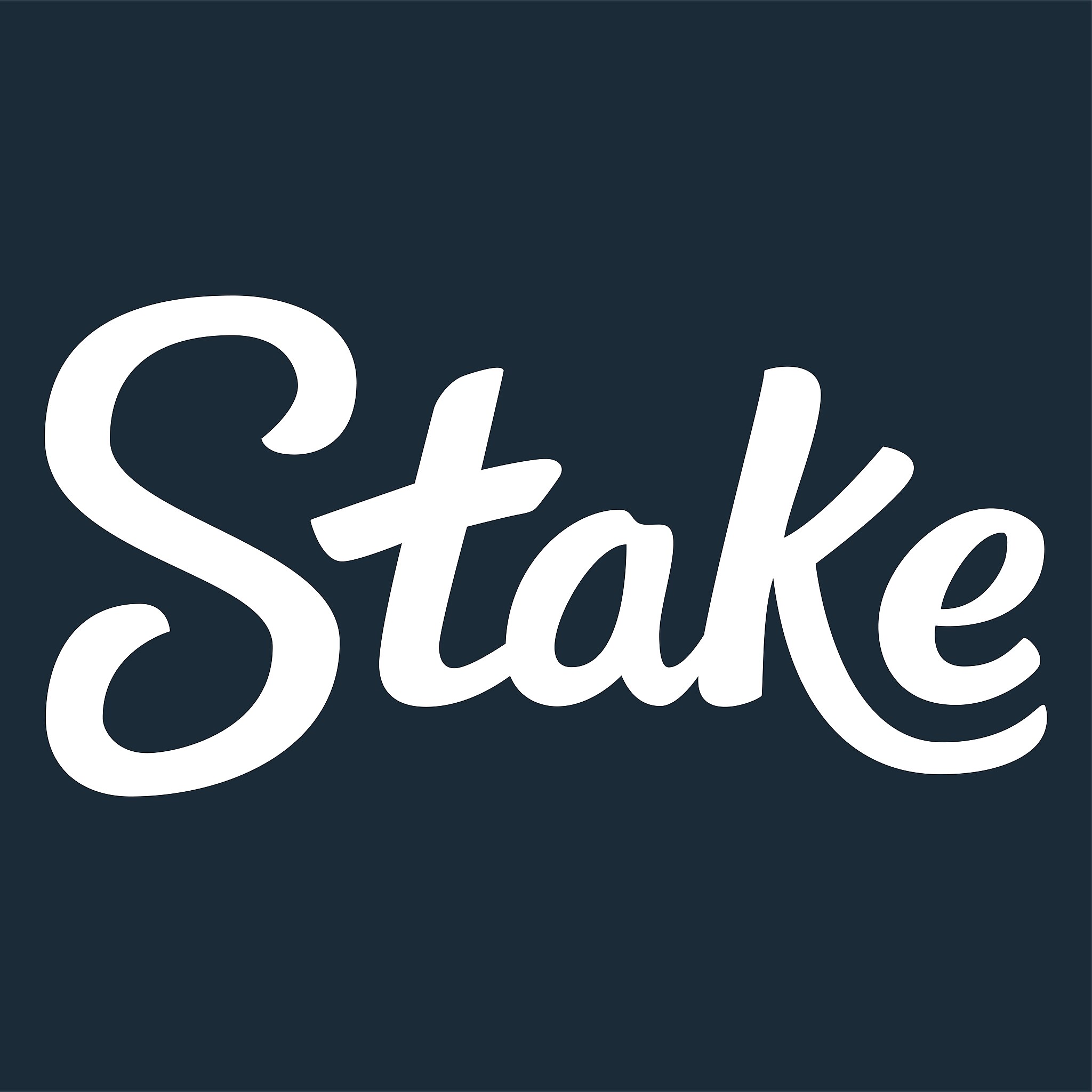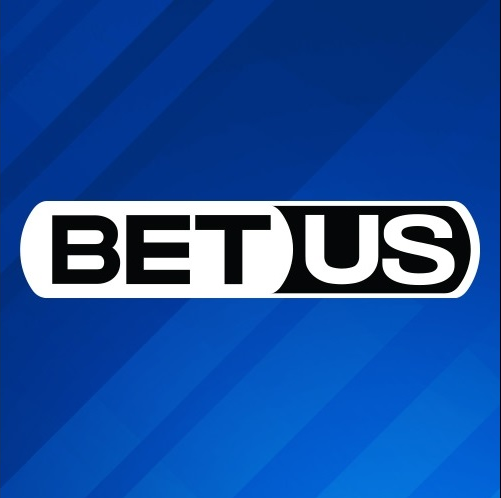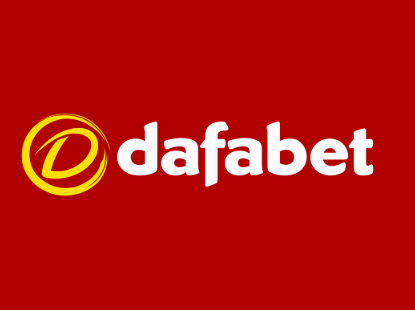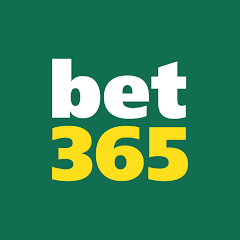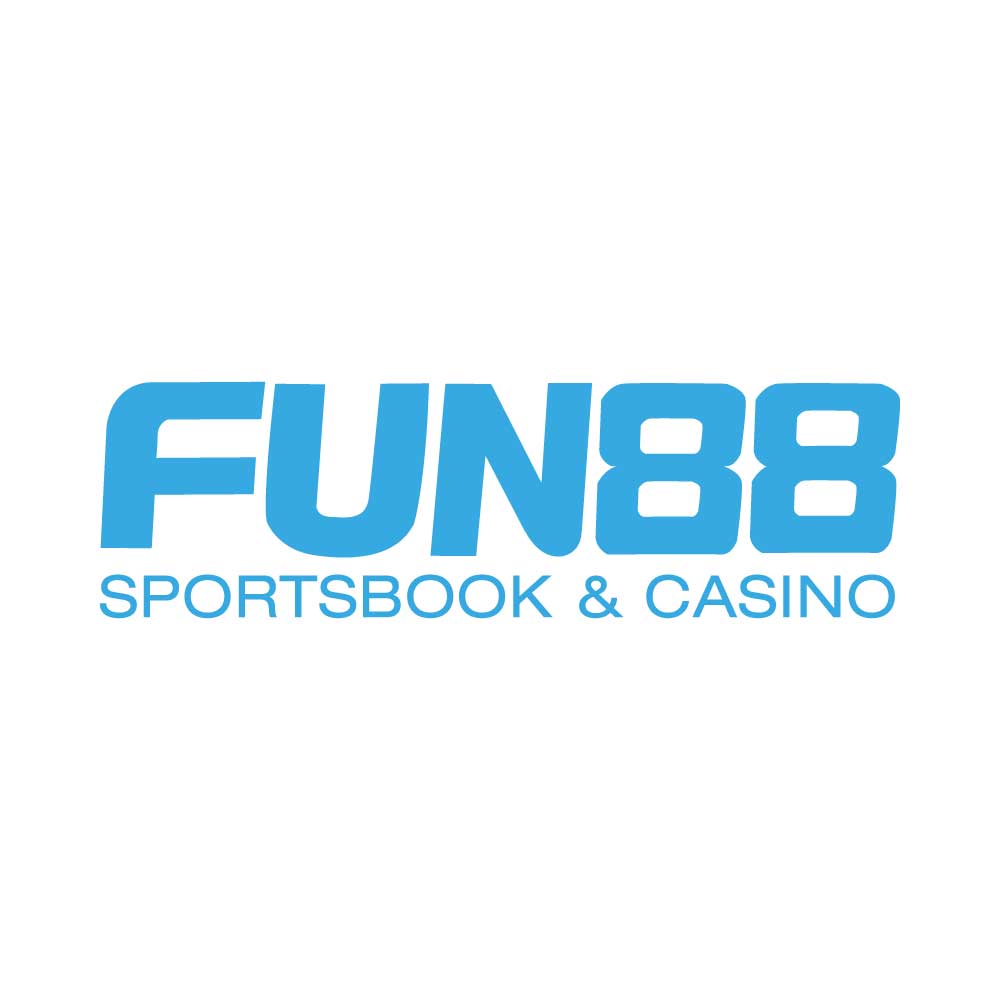Why Ice Hockey Betting Demands a Different Approach
There's something electric about playoff hockey the relentless pace, the bone-crushing hits, the razor-thin margins that separate victory from defeat. But if you've ever tried betting on it, you've probably felt that same intensity turn into frustration. The puck moves too fast. Momentum swings wildly. One bad penalty can torpedo your entire bet slip.
Here's the truth: Ice hockey betting isn't about predicting which team "should" win. It's about identifying mathematical edges that the sportsbooks have missed or undervalued. This guide exists to strip away the guesswork and arm you with a systematic, analytical framework the same approach professional handicappers use to maintain profitability over the long haul.
You'll learn how to decode the three core betting markets, what statistics actually matter (hint: it's not just goals scored), and how to avoid the rookie mistakes that drain bankrolls faster than a third-period collapse. By the end, you won't just understand ice hockey betting you'll approach it like a strategist, not a gambler.
Core Betting Markets Explained: Your Foundation
1. Moneyline (Outright Winner)
The Concept: The purest bet in hockey. You're simply predicting which team wins the game, regardless of the margin. No spreads, no complications.
Concrete Example:
Colorado Avalanche -165 vs. Arizona Coyotes +145
You bet $165 on Colorado. If they win, you profit $100 (total return: $265).
You bet $100 on Arizona. If they pull the upset, you profit $145 (total return: $245).
Strategic Context: Moneyline is your bread-and-butter market when there's a clear talent disparity. It's lower risk than the puck line, but the juice on heavy favorites can be steep. In my experience watching the NHL, this market shines when you've identified a motivated underdog in a divisional rivalry teams that "play up" to their opponents regardless of their record. The risk/reward is straightforward, making it ideal for beginners building confidence.
2. Puck Line (Spread/Handicap)
The Concept: The favorite must win by 2+ goals to cover the spread. The underdog can lose by 1 goal and you still win. In hockey, the puck line is almost always set at ±1.5 goals.
Concrete Example:
Toronto Maple Leafs -1.5 (+140) vs. Ottawa Senators +1.5 (-170)
You bet $100 on Toronto -1.5. They win 5-3. You profit $140 because they covered the 1.5-goal spread.
You bet $170 on Ottawa +1.5. They lose 3-2. You still profit $100 because they stayed within 1.5 goals.
Strategic Context: The puck line is where sharp bettors hunt value. Because hockey is low-scoring and unpredictable, underdogs cover the +1.5 spread at a surprisingly high rate even against elite teams. I gravitate toward this market when backing a strong favorite with plus-money odds on the -1.5 line. However, be wary late in games: teams protecting a one-goal lead will often allow an empty-net goal, which can swing puck line results dramatically.
3. Over/Under (Totals)
The Concept: The sportsbook sets a projected total number of goals scored by both teams combined. You bet whether the actual total will be Over or Under that number.
Concrete Example:
Edmonton Oilers vs. Calgary Flames – Total: 6.5 (-110 Over / -110 Under)
You bet $110 on the Over 6.5. Final score: 4-3. Total goals: 7. You profit $100.
You bet $110 on the Under 6.5. Final score: 2-1. Total goals: 3. You profit $100.
Strategic Context: Totals betting rewards those who study goaltending matchups and pace of play. A back-to-back game featuring a backup goalie? Lean Over. Two defensive juggernauts with elite netminders? Under becomes golden. This market is less about predicting who wins and more about how the game unfolds making it perfect when you're uncertain about the outright result but confident about the game's tempo.
4. Player Props (Sport-Specific Market)
The Concept: Bet on individual player performances goals, assists, points, shots on goal, or saves (for goalies).
Concrete Example:
Connor McDavid Over 0.5 Points (-150)
You bet $150 on McDavid to record at least 1 point (goal or assist). He gets an assist. You profit $100.
Strategic Context: Player props let you capitalize on individual matchups rather than team outcomes. I target this market when a superstar faces a weak defensive team or when line combinations favor a specific player. The key? Avoid falling for name recognition. A third-liner facing a backup goalie might offer better value than a first-liner against a Vezina Trophy contender. Always cross-reference recent ice time, power-play usage, and opponent defensive rankings before committing.
The Analytical Framework: How to Handicap an Ice Hockey Match
Betting on instinct is a shortcut to bankruptcy. Professional handicappers follow a systematic process to evaluate every game. Here are the six non-negotiables:
1. Recent Form & Underlying Metrics
Why It Matters: A team's recent win-loss record tells you the outcome, but not the quality of their play. Advanced metrics reveal whether they're due for regression or poised to break out.
How to Research It:
Check Corsi For % (shot attempts for vs. against) and Expected Goals (xG) on sites like Natural Stat Trick or MoneyPuck.
A team winning games despite being out-shot and out-chanced is likely benefiting from unsustainable goaltending fade them.
Conversely, a team losing close games while dominating possession? That's a value bet waiting to explode.
Pro Insight: I've seen countless examples of teams riding a hot goalie while getting demolished in shot quality. When that goalie inevitably regresses, the losses pile up fast. If a team's save percentage is running 5-6% above their goalie's career average, the Under or their opponent's moneyline becomes a sharp play.
2. Goaltending Matchup
Why It Matters: In a low-scoring sport, the goalie is the single most influential player. A .920 save percentage versus a .900 save percentage can be the difference between 2 goals allowed and 4.
How to Research It:
Review starting goalie announcements 1-2 hours before puck drop via team Twitter accounts or sites like Daily Faceoff.
Analyze their recent starts (last 5 games), home/away splits, and career performance against the opponent.
Pay attention to rest: A goalie starting for the third time in four nights is a liability.
Pro Insight: Backup goalies are value traps. The public hammers the Over when they see a backup starting, but teams often play tighter defensively to compensate. I've found more success targeting the Under in these spots, especially in low-event games between defensive teams.
3. Schedule Dynamics & Fatigue
Why It Matters: The NHL schedule is grueling. Teams playing their third game in four nights, especially on the road, face measurable performance declines.
How to Research It:
Use RotoWire or the NHL's official schedule to track back-to-backs and three-in-four-night stretches.
Cross-reference travel distance: A West Coast team flying east for a morning game is at a biological disadvantage (circadian rhythm disruption).
Pro Insight: When a rested home favorite faces a travel-weary opponent on the second half of a back-to-back, the puck line (-1.5) often provides value. Fatigue shows up most in the third period legs give out, mistakes compound, and scoring surges. I've built entire profitable months targeting these situational edges.
4. Head-to-Head History & Stylistic Matchups
Why It Matters: Certain teams simply match up poorly against specific opponents due to stylistic conflicts or psychological factors.
How to Research It:
Review the last 5-10 meetings between the teams. Look for trends in scoring, special teams performance, and one-sided results.
Identify stylistic clashes: A speed-based team (like Edmonton) might struggle against a physical, defensive squad (like Boston).
Pro Insight: Divisional rivalries are gold mines for contrarian bets. The public overreacts to regular-season dominance, but playoff-caliber underdogs in these matchups often "show up" and keep games tight. If the head-to-head shows consistent low-scoring affairs, the Under is almost always mispriced.
5. Special Teams & Power Play Efficiency
Why It Matters: Games are often decided by a single power-play goal or a clutch penalty kill. Special teams are the great equalizer.
How to Research It:
Check power-play % and penalty-kill % rankings on NHL.com.
Identify teams with elite power plays (25%+) facing opponents with weak penalty kills (sub-75%).
Pro Insight: Teams with disciplined rosters (low penalty minutes) neutralize explosive power plays. When betting totals, I factor in each team's penalty minutes per game undisciplined teams create more power-play opportunities, which inflates scoring. If both teams rank top-10 in PP%, the Over becomes a high-probability play.
6. Motivation & Contextual Factors
Why It Matters: Not all games carry equal weight. A team fighting for a playoff spot will bring urgency that a locked-in division leader won't.
How to Research It:
Track playoff races via standings on NHL.com.
Monitor injury returns: A star player returning from injury can galvanize a roster.
Be cautious of letdown spots: A team coming off a huge emotional win (e.g., rivalry game) may underperform in their next matchup.
Pro Insight: Late-season games where one team has "nothing to play for" are tricky. The public assumes the motivated team wins easily, but NHL pride is real no team tanks overtly. I've found value fading the "motivated" side when the line overreacts. Look for inflated spreads and consider the underdog puck line or moneyline.
Actionable Betting Strategies for Beginners
1. Bankroll Management: The 1-2% Rule
This isn't optional it's the foundation of sustainable betting. Define your total bankroll (money you can afford to lose without impacting your life). Then, never risk more than 1-2% on a single bet.
Example: $1,000 bankroll = $10-$20 per bet (1 "unit").
Why? Variance is brutal in hockey. Even the sharpest bettors endure losing streaks. By capping your risk, you survive the downswings and remain in the game long enough for your edge to materialize. I've seen countless bettors flame out not because they lacked knowledge, but because they over-leveraged on "sure things" that didn't hit.
2. Specialization Over Diversification
The NHL has 32 teams across multiple divisions. You cannot track them all. Instead, become an expert in one or two divisions.
Watch every game. Memorize line combinations. Understand coaching tendencies. This depth of knowledge creates an informational edge that sportsbooks. Who must price hundreds of games cannot match. I focus exclusively on the Central Division. I know which teams play up in rivalry games, which coaches rotate goalies predictably, and which bottom-six lines overperform. That specificity is my edge.
3. Line Shopping: The Hidden 5-10% Advantage
Different sportsbooks offer different odds for the same game. Betting -110 instead of -120 on the same outcome might seem trivial, but over 100 bets, that's the difference between breaking even and profitability.
How to Do It: Open accounts at 2-3 reputable sportsbooks. Use odds comparison sites like Covers or OddsChecker to find the best available line before placing each bet.
Common Rookie Mistakes & How to Avoid Them
Mistake 1: Chasing Losses
The Reality: After a brutal loss, your brain screams, "I need to win it back now." So you double your bet size, ignore your process, and bet emotionally. This is the fastest way to deplete your bankroll.
The Smart Play: Accept that losses are part of the game. Stick to your 1-2% unit sizing religiously. If you're tilting, step away for 24 hours. Discipline separates professionals from degenerates.
Mistake 2: Overvaluing Public Betting Trends
The Reality: "90% of bets are on the Maple Leafs - they must be a lock!" Not so fast. Public money often inflates lines, creating value on the contrarian side. Sportsbooks adjust odds to balance their liability, not to predict outcomes.
The Smart Play: Use public betting percentages (available on sites like Action Network) as a contrarian indicator. When the public is heavily one-sided, the other side often offers better value especially if the line hasn't moved.
Mistake 3: Ignoring Line Movement
The Reality: The opening line and the closing line often differ significantly. Sharp money (professional bettors) moves lines. If a line shifts from -150 to -130, that's a signal that informed bettors are fading the favorite.
The Smart Play: Track line movement on Covers or OddsShark. If you're betting the favorite and the line is moving away from them, reconsider your position. Conversely, if you're backing an underdog and the line is shifting in their favor, you've likely identified value.
Mistake 4: Parlays as a Primary Strategy
The Reality: Parlays are lottery tickets, not sustainable strategies. They offer massive payouts but abysmal win rates. The sportsbook's edge compounds with each leg you add.
The Smart Play: Stick to single-game bets ("straight bets") where your research edge is most concentrated. If you must parlay, limit it to 2-3 legs and treat it as entertainment, not investment.
Bet Smarter, Not Harder
Ice hockey betting isn't a sprint fueled by hype and hope - it's a marathon built on discipline, research, and emotional control. You now have the analytical framework to evaluate games like a professional: assess goaltending, contextualize form with advanced metrics, exploit schedule dynamics, and manage your bankroll with military precision.
Trust your research. And remember: the house always wants you to bet emotionally. Your job is to bet mathematically.
Good luck, and bet responsibly.
